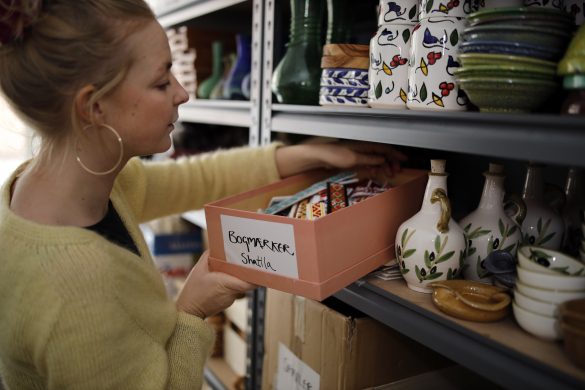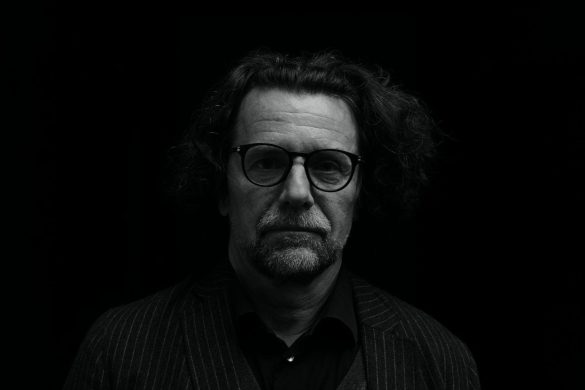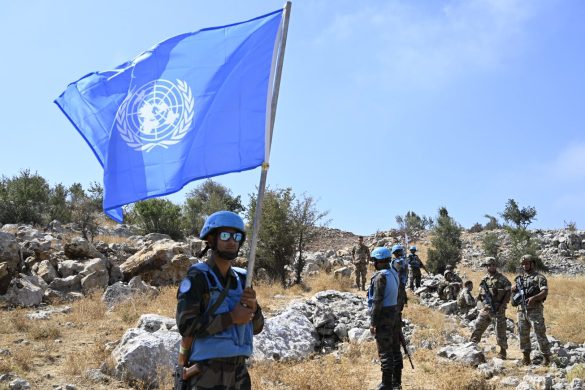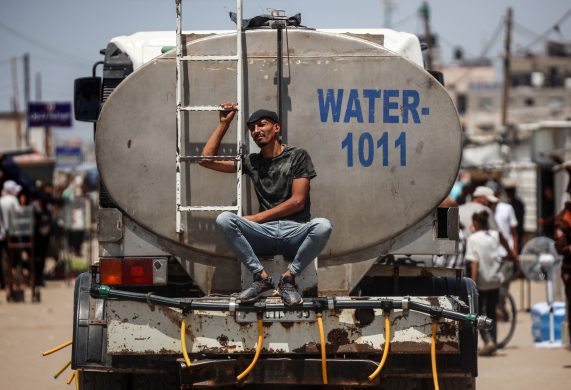Antallet af asylsøgere og tilvandrere er seks-doblet på kort tid og i et af EUs fattigste lande gør man ikke meget for syrerne, som udgør det store flertal – de bor under ofte forfærdende forhold og midt i ulidelig kloakstank som ofre for bureaukrati og ligegyldighed.
SOFIA, 22 October 2013 (IRIN): In an abandoned schoolhouse outside the Bulgarian capital Sofia, 380 migrants and asylum seekers are living in squalid (elendige) conditions.
They are part of a new wave of migrants and asylum seekers, mostly Kurds from Syria, who have strained Bulgaria’s inefficient asylum system to breaking point.
Plumbing problems (vand og sanitet) plague the facility, and the smell of sewage (kloakstanken) wafts through the corridors.
Former classrooms are divided and shared by several families. Walls are mouldy (skimlede), windows broken and electricity intermittent (sporadisk).
Despite the cold weather, central heating has not yet been turned on.
Cooking stoves (komfurer) are scarce, and there is no food refrigeration (køleskabe) available. Food stocks are donated sporadically by the Bulgarian Red Cross, but nothing is provided regularly by the government.
“Sickening (kvalmende), disgusting and inhumane” is how Boris Cheshirkov, spokesperson for the UN Refugee Agency (UNHCR) in Bulgaria, described the schoolhouse.
It is known as the Vrazhdebna facility, one of three reception centres recently opened to accommodate a drastic increase in asylum seekers in recent months.
“Inhuman and degrading”
The Bulgarian Helsinki Committee (BHC) went even further after visiting the facility.
“Such treatment of refugees is not only an emblematic example (synligt udtryk for) of the red tape (bureaukrati) and indifference to the needs of people typical for Bulgarian State institutions, but also constitutes inhuman and degrading (nedværdigende) treatment and [a] display of white-collar (embedsværkets) cruelty of the highest order,” it said in a statement, which sparked a public outcry.
In the reception centre at the State Agency for Refugees, Mizgin Abas, 26, a former English teacher, and her husband, Ferhad, 30, said they had been forced to give up a home and decent jobs in Syria’s Kurdish region.
They fled with their children after hearing reports that al-Qaeda-linked groups in a nearby village were beheading (halshugge) Kurdish Syrian men and abducting Kurdish Syrian women.
“We preferred to come here and see a good life,” Mizgin said. They are hoping to be granted protected status so that they can stay in Bulgaria.
From trickle to stream
About 100 people are arriving at Bulgaria’s border with Turkey daily, and the numbers are rapidly increasing.
In the past, Bulgaria received, on average, 1.000 migrants and asylum seekers per year. This year alone, more than 6.500 have arrived, leaving officials scrambling to find housing and funds to accommodate them.
Arrivals have increased steadily since August, and at the current rate, the Ministry of Interior estimates it will have received 11.000 to 15.000 by year’s end – the vast majority Syrian.
“We see that the government is overwhelmed, and that the reception capacity has been depleted (udtømt),” said UNHCR’s Cheshirkov.
Smugglers who used to lead migrants from Turkey into Greece are increasingly moving them to Bulgaria instead, in part due to the construction of a 10,5 km fence at one of the most popular crossing points along the Turkish-Greek border.
Bulgaria, a country of just 7,5 million people, is one of the poorest in the European Union (EU).
“We are just at the beginning of this crisis,” Vasil Marinov, deputy minister of the interior, told IRIN.
Medical needs
Læs videre på
http://www.irinnews.org/report/98983/syrians-face-bleak-time-in-bulgaria-s-broken-asylum-system














